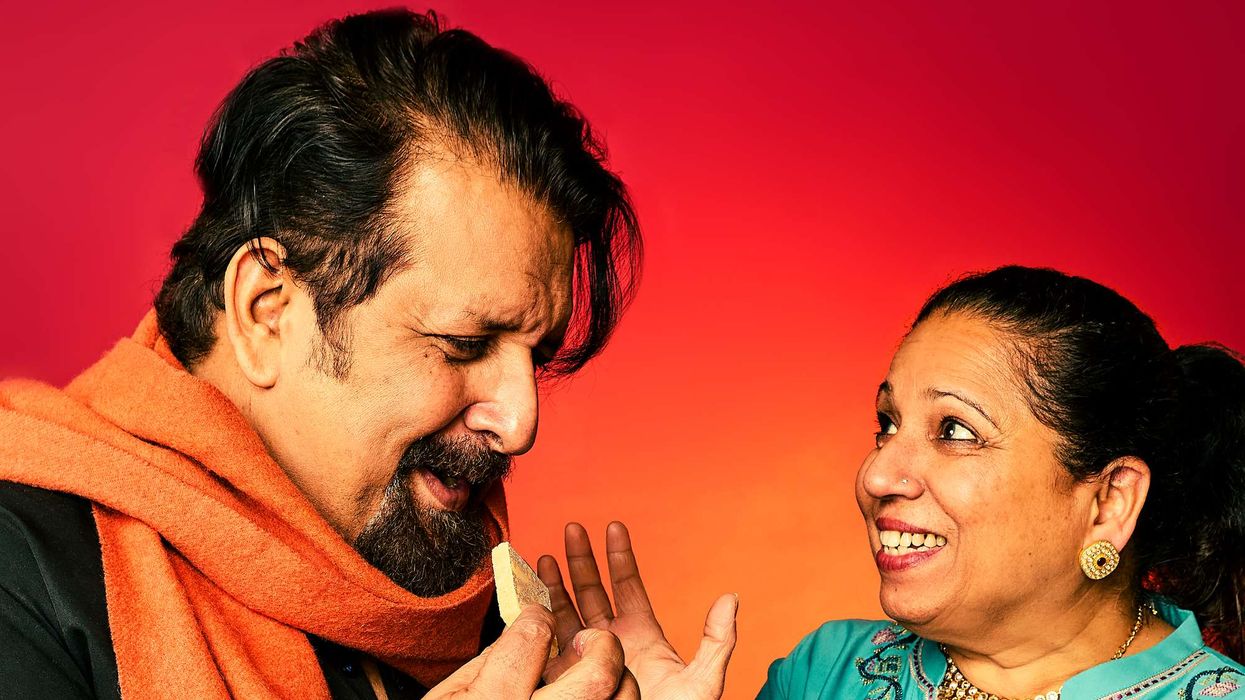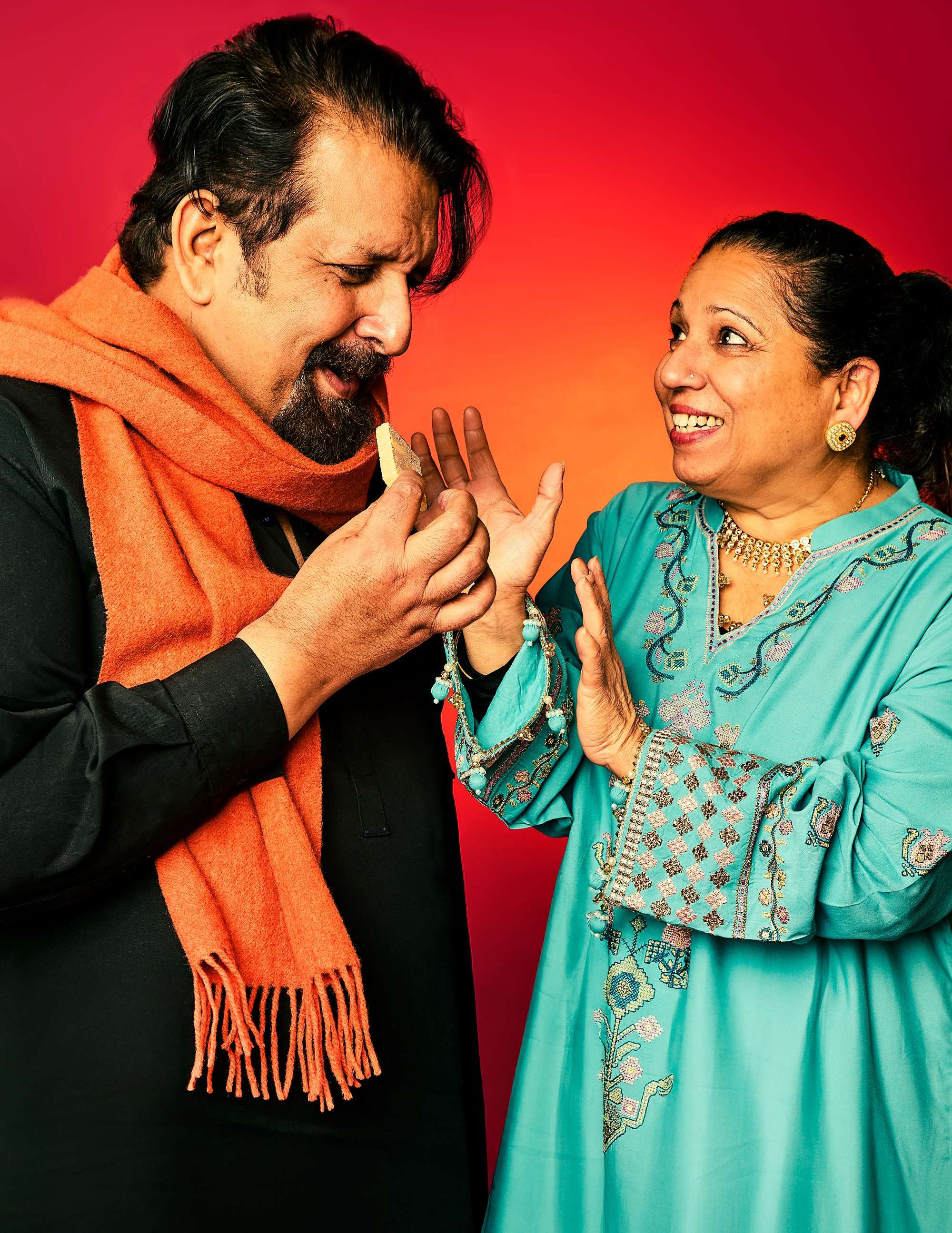BTS member Jimin has thanked Hollywood star Ryan Gosling for gifting him Ken's guitar from the recently released "Barbie" movie.
The member of the South Korean pop sensation shared a video on Instagram expressing gratitude to the actor, who plays Ken in the Greta Gerwig-directed film, for the gesture.
"Thank you for this guitar. I really love it and I look forward to watching 'Barbie'," the 27-year-old singer captioned a video on Instagram on Monday.
"Hi Ryan and hi Ken, it's Jimin. Congrats on your big release. My fans are excited to see your video so thank you so much. I could see that you look great in my outfit," Jimin said in the video.
The pop star's clip was in response to Gosling's message last week, where the actor admitted his "Barbie" character, Ken, might have "stolen" the BTS member's style.
"I noticed that your 'Permission to Dance' outfit was the same as my Ken outfit in the upcoming movie 'Barbie'. I have to give it to you, you wore it first. You definitely wore it best," Gosling had said, alongside a side-by-side comparison of their cowboy outfits.
The guitar, sent by the Oscar-nominated actor, features in the film during Ken’s rendition of “Push,” the song by Matchbox Twenty in a particularly low moment for his character’s narrative and his relationship with Barbie (Margot Robbie).






 Bush Theatre’s 'Sweetmeats' highlights diabetes risks in south Asian community through elder love story Bush Theatre’s 'Sweetmeats' highlights diabetes risks in south Asian community through elder love story
Bush Theatre’s 'Sweetmeats' highlights diabetes risks in south Asian community through elder love story Bush Theatre’s 'Sweetmeats' highlights diabetes risks in south Asian community through elder love story 






